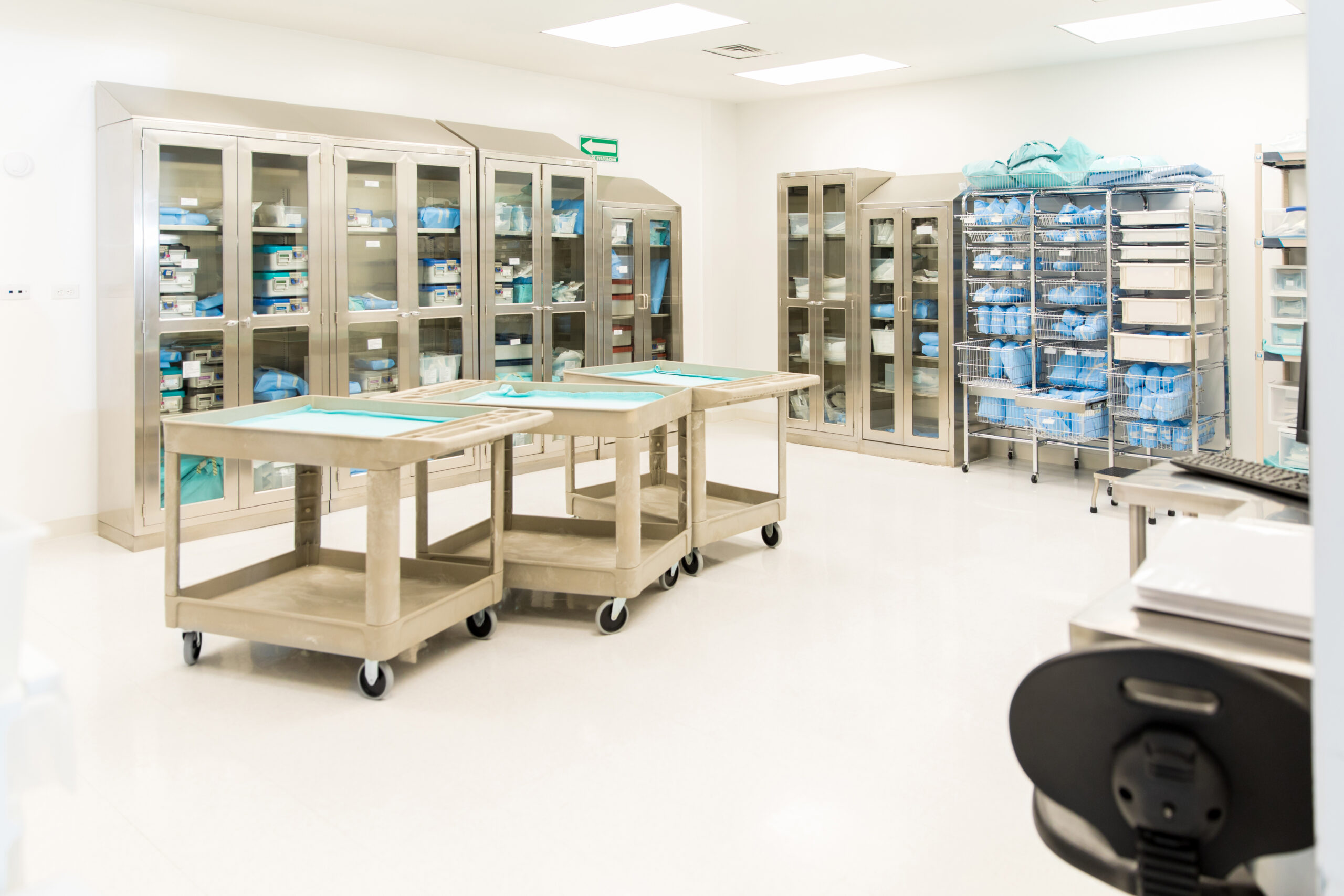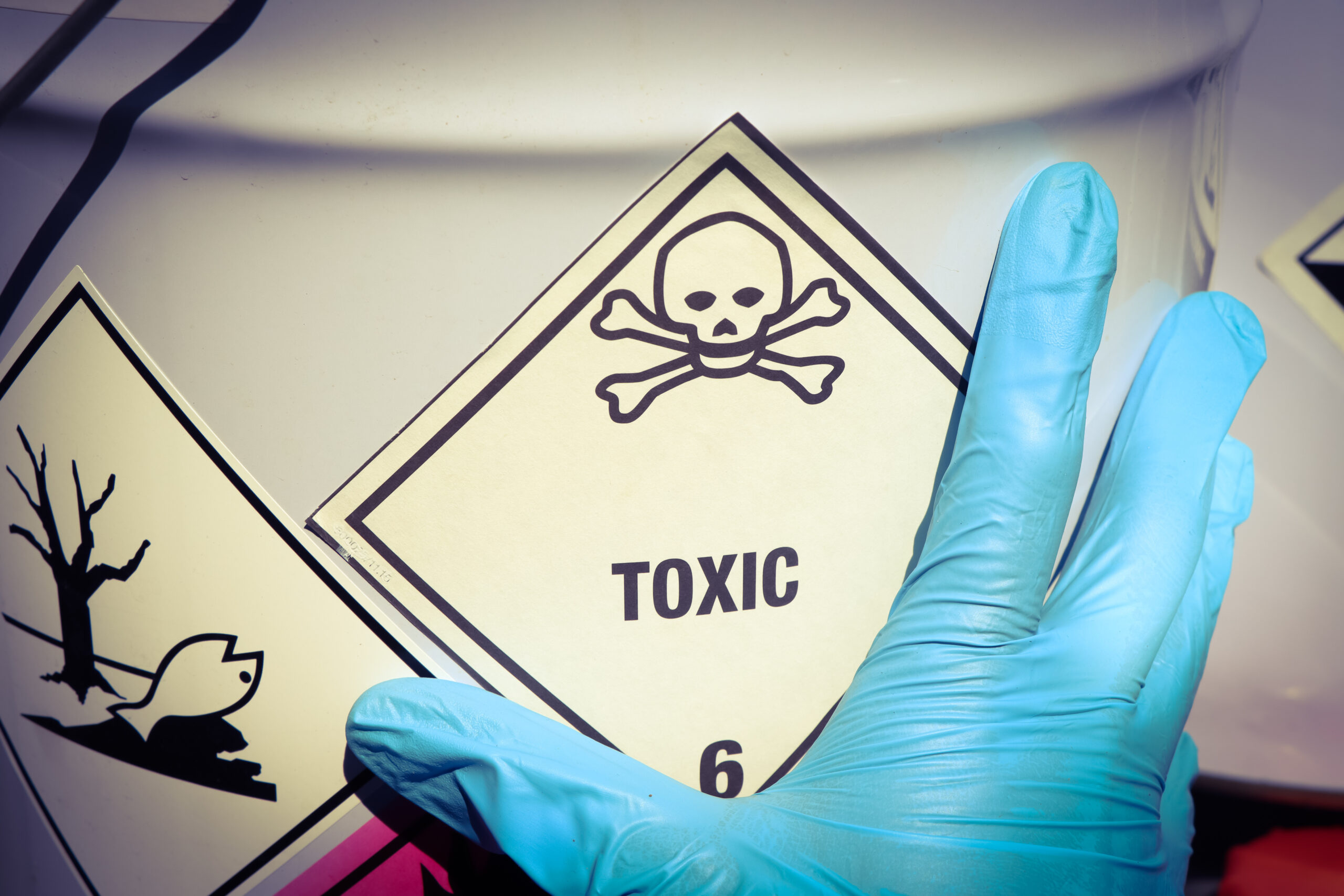Hypochlorous Acid Q&A
Learn all about Nevoa's EPA registered Hospital Grade disinfectant solution.
Hypochlorous acid (HOCl) is gaining recognition for its remarkable safety and efficacy across various applications. As a naturally occurring compound produced by the human body’s immune system to combat pathogens, HOCl boasts potent antimicrobial properties while being gentle on living tissues. Its effectiveness against a wide range of microorganisms, including bacteria, viruses, and fungi, has led to its utilization in disinfection and wound management.
Unlike harsh chemical disinfectants, HOCl is non-toxic, non-irritating, and environmentally friendly, making it suitable for use in diverse settings, including healthcare facilities, food processing, and household sanitation. Moreover, its rapid degradation into harmless byproducts ensures minimal environmental impact. The versatility and biocompatibility of HOCl underscore its potential as a safe and effective solution for promoting health and hygiene across various domains.
While HOCl is endogenous and safe, there is the possibility that HOCl will “Off-gas” Chlorine gas (Cl2) in small amounts.
Aerosolizing hypochlorous acid (HOCl) typically generates a mild chlorine-like smell, reminiscent of swimming pools, due to the chemical’s composition. However, it’s important to note that the odor produced by HOCl is generally less intense and irritating compared to traditional chlorine-based disinfectants.
Regarding safety, while the smell might be noticeable, it doesn’t necessarily indicate harmful levels of exposure. HOCl is renowned for its safety profile, being gentle on skin and non-toxic when used as directed. Humans can detect low levels of chlorine gas. In humans, the threshold concentration for detection of the odor of chlorine gas ranges from 0.1–0.3 ppm, well below OSHA recommended levels.
OSHA Permissible Exposure Limits (source: https://www.osha.gov/
Chlorine:
- 1 PPM for 15 minutes
- .5 PPM for 8-hr TWA
Nevoa Microburst HOCl Solution Testing*:

*Testing performed with RAE Systems MiniRAE 3000 VOC Monitor
Research Compendium with Comments
The Lesson Learned from the COVID-19 Pandemic: Can an Active Chemical Be Effective, Safe, Harmless-For-Humans and Low-Cost at a Time? Evidence on Aerosolized Hypochlorous Acid
Mascia Benedusi,1 Elena Tamburini,2,* Mariaconcetta Sicurella,2 Daniela Summa,2 Francesca Ferrara,1 Peggy Marconi,3 Franco Cervellati,1 Stefania Costa,3 and Giuseppe Valacchi2
- Overall, this study showed that nebulized HOCl can prevent virus and bacteria growth without affecting lung and skin tissues, making this compound a perfect candidate to sanitize indoor environments.
- The findings of this study have brought HOCl to the fore as a safe, yet highly effective, alternative to quaternary ammonium formulations, hypochlorite solutions, ozone, peroxide, and alcohols of various types.
Inhalation of Microaerosolized Hypochlorous Acid (HOCl): Biochemical, Antimicrobial, and Pathological Assessment
Eric D Rasmussen1*, Lori I Robins2, Jeremy Stone R1, Jeffrey F Williams1
- The human exposures documented a cumulative total of 191 minutes (3 hours, 11 minutes) of adults inhaling a dense 0.9% saline fog containing HOCl in a closed space. With that volume of pure hypochlorous acid in contact with delicate respiratory epithelium, zero serious issues were declared.
- Showed pulmonary exposure of hypochlorous acid to respiratory epithelium did not result in any difference when compared to control animals.
- No acute histopathological changes were present on microscopic examination of turbinate, bronchial, tracheal, or pulmonary parenchyma tissue sectioned from the animals that were sacrificed serially post-exposure. The GLP and academic evaluation of the HOCl inhalation effect within the pulmonary system was rated as “no different from controls” and showed no evidence of toxicity. Similarly, there were no adverse effects noted following ocular exposure of rabbits to solutions of the same HOCl via the conjunctival sac. The GLP EPA toxicity test result was classed “Not Irritating”.
Chlorine Gas Inhalation: Human Clinical Evidence of Toxicity and Experience in Animal Models
Carl W. White and James G. Martin
- Humans can detect low levels of chlorine gas. In humans, the threshold concentration for detection of the odor of chlorine gas ranges from 0.1–0.3 ppm. At 1–3 ppm, there is mild mucus membrane irritation that can usually be tolerated for about an hour. At 5–15 ppm, there is moderate mucus membrane irritation. At 30 ppm and beyond, there is immediate substernal chest pain, shortness of breath, and cough. At approximately 40–60 ppm, a toxic pneumonitis and/or acute pulmonary edema can develop.
- Workplace exposure limits for chlorine include a short-term exposure limit for up to 15-minute exposures not to exceed 1 ppm (2.9 mg/m−3). That for a long-term exposure limit is for up to 6-hour exposures not to exceed 0.5 ppm (1.5 mg/m−3). Levels of 0.3 ppm are associated with odor perception, levels of 1–2 ppm are “burdensome” and “irritating,” and those at 2–3 ppm are “annoying” (13).
Nevoa Comment: Testing conducted and submitted to the EPA shows Microburst exposure is well below the short-term (1ppm) and long-term (.5ppm) OSHA limits listed above. Normal operation of Stratus and Nimbus also results in time exposure far below the 15-minute and 6-hour exposure limits.
Read Our Blog About HOCl

Hypochlorous Acid – The Safer Choice for Hospital Disinfection
Infection control in hospitals is essential, helping prevent hospital-acquired infections (HAI), protecting vulnerable individuals, and maintaining a safe environment for frontline workers.

A Safer, Better Alternative to Traditional Disinfectants: Understanding HOCl
Hypochlorous acid (HOCl) is a powerful but often overlooked pH-neutral disinfectant capable of killing bacteria, fungi, and viruses.

How HOCl Supports Eco-Friendly Healthcare Practices
Hypochlorous acid is a powerful disinfectant capable of killing bacteria, fungi, and viruses. See how HOCl supports eco-friendly practices.
